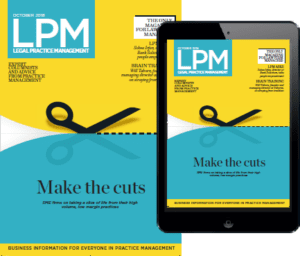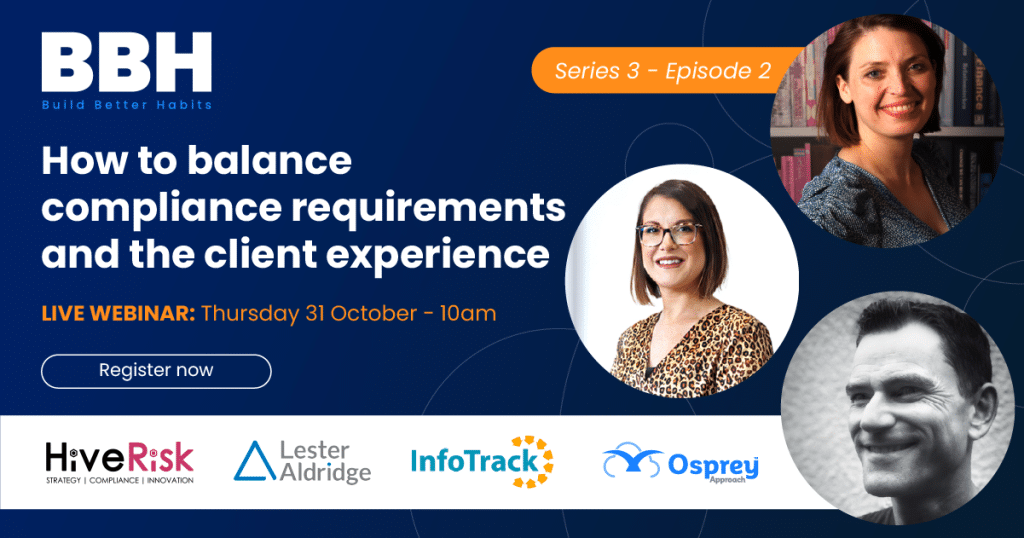The real cost of inefficiency
Time is the most valuable resource a law firm has. Yet, for many firms, time is slipping through the cracks. A paralegal spends an hour searching for a missing document. A lawyer loses track of a billable call because it wasn’t logged right away.
Without integrated systems, tracking every interaction becomes challenging. The report highlights that 70% of law firm leaders identify time constraints as a significant barrier to delivering better client experiences. It’s also easy to forget to log time, even for experienced professionals. These moments may seem small. However, over weeks, months and years, missed billable hours compound into a serious revenue loss.
Imagine this: a solicitor sends ten emails in a day to clients but forgets to bill for them. Each email takes about six minutes to draft. That’s an hour of work lost. At a billing rate of £300 per hour, that’s £300 in missed revenue — just for one solicitor, on one day. Over a year, that number grows to over £70,000.
Now multiply that by an entire firm. Missed emails, forgotten calls, untracked hours — it all adds up. Firms without proper technology to capture billable time are essentially giving away free work.
Unfortunately, that’s not all. When your team spends hours on admin tasks like filing or chasing unpaid invoices, this takes time away from higher-value work. If a paralegal earning £35,000 a year spends 10 hours a week on non-billable tasks, that’s over £8,750 a year in wasted salary costs.
These inefficiencies are costly, but they don’t have to be permanent. Practice management software like Actionstep automates time tracking and streamlines admin, ensuring every hour worked contributes to your firm’s bottom line.
The ROI of practice management platforms
Every minute spent on non-billable work is a missed opportunity for law firms to earn revenue. Thankfully, this is where practice management platforms can help, minimising inefficiencies and freeing up valuable time for billable tasks.
These tools deliver both hard ROI (measurable, quantifiable benefits) and soft ROI (less tangible, but still incredibly valuable, results). Let’s explore each of these in closer detail.
Hard ROI: Quantifiable gains
Non-billable administrative tasks can take a significant toll on productivity. Actionstep estimates that solicitors spend an average of 15 minutes per day locating file information, appointments or case numbers — amounting to 1.25 hours per week, or 60 hours per year. At a billing rate of £300 per hour, that’s £18,000 lost annually per solicitor.
Paralegals, who also handle these tasks, lose even more time — 2.5 hours per week, or 120 hours per year. While their hourly rate may be lower (eg £17 per hour), the firm is still losing £2,210 annually per paralegal just on file searching.
Other repetitive tasks compound these inefficiencies.
Soft ROI: Intangible benefits
Beyond financial gains, Actionstep enhances employee satisfaction by streamlining workflows, reducing burnout and improving client interactions through efficient processes.
This boost in efficiency also improves employee satisfaction. When lawyers and staff can work smarter, not harder, they’re less likely to burn out. This leads to better retention rates and a happier workplace culture. Meanwhile, clients benefit from quicker responses and a more professional experience, boosting loyalty and referrals.
A smarter way forward
The cost of inefficiency is real — and for many law firms, it’s much higher than they realise. Lost billable time, wasted effort on repetitive tasks, and poor processes are revenue killers. The good news? These challenges aren’t inevitable.
Actionstep offers a ready-made solution, with features like automated workflows, centralised document management and real-time time tracking. By adopting Actionstep, your firm can reclaim lost revenue, create happier teams and deliver better client outcomes.
The time to act is now, because doing nothing costs far more.





















